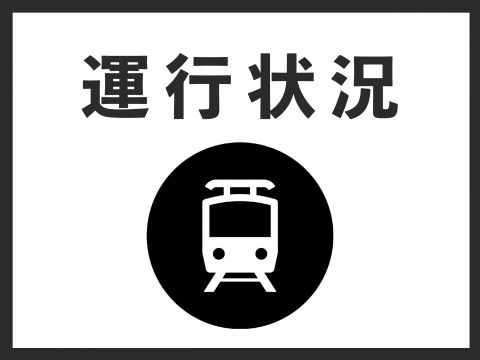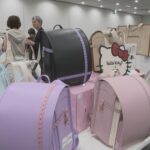On the evening of the 6th, operations were temporarily suspended on the Tokaido Line’s Nagoya-Gifu downbound service, but resumed at 5:15 PM.
According to JR Central, around 4:09 PM, a signal at Kiyosu Station on the Tokaido Line continued to display a stop indication. Initially, operations were suspended between Nagoya and Owari-Ichinomiya on the downbound line, and from around 4:40 PM, the suspension was extended to the Nagoya-Gifu downbound section.
After confirming that the signal equipment was functioning normally, operations resumed at 5:15 PM.
JR Central is investigating the cause of the signal malfunction.
Tokaido Line
The Tokaido Line is Japan’s busiest and most important railway line, connecting Tokyo and Osaka. Opened in 1889, it was the country’s first major railway and played a key role in Japan’s modernization. Today, it includes the high-speed Tokaido Shinkansen (opened in 1964), which was the world’s first bullet train line.
Nagoya
Nagoya is a major city in Japan’s Chubu region, known for its industrial heritage and modern urban landscape. It is home to historic sites like Nagoya Castle, built in 1612 by the Tokugawa shogunate, and the Atsuta Shrine, one of Japan’s most important Shinto shrines with a history dating back over 1,900 years. Today, Nagoya is a hub for automotive manufacturing, housing companies like Toyota, while blending tradition with cutting-edge technology.
Gifu
Gifu is a historic city in central Japan, known for its rich cultural heritage and natural beauty. It was a significant center during the Sengoku period (15th–16th centuries) and is famous for Gifu Castle, originally built by the warlord Saitō Dōsan and later used by Oda Nobunaga. The city is also renowned for cormorant fishing (ukai), a traditional method practiced on the Nagara River for over 1,300 years.
Kiyosu Station
Kiyosu Station is a railway station located in Kiyosu City, Aichi Prefecture, Japan, serving the Tokaido Main Line operated by JR Central. Opened in 1886, it played a role in the region’s transportation development during Japan’s industrialization. The station is also near historical sites linked to Oda Nobunaga, a famous feudal lord who once ruled from Kiyosu Castle.
Owari-Ichinomiya
Owari-Ichinomiya (尾張一宮), officially known as Masumida Shrine (真清田神社), is a historic Shinto shrine located in Ichinomiya City, Aichi Prefecture, Japan. As the highest-ranked shrine (ichinomiya) of the former Owari Province, it dates back over 1,300 years and is dedicated to the deity Amenohoakari, associated with agriculture and prosperity. The shrine is a significant cultural and spiritual site, hosting vibrant festivals like the Ichinomiya Tanabata Festival.






